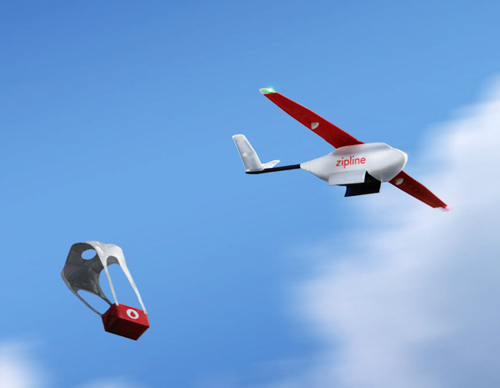In October 2018, the World Bank has published their annual World Development Report for 2019 which focuses on the changing nature of work as a result of technology. The report’s main message is that general fears surrounding the disappearance of today’s jobs due to robots are unfounded. Technology and the deployment of robots are rather seen as an opportunity which will destroy some old but create more new jobs, improve public service delivery and increase productivity. As for economic inequality, which is usually debated to be heightened through the use of technology, the World Bank claims it has been decreasing or remained unchanged over the past 8 years, opposing the analyses of the International Monetary Fund and the OECD (Bakvis, 2018). (World Bank, 2018)
The report has sparked a debate, with newspapers claiming that World Bank’s researchers have “cherry-picked data” to make their findings cohesive with their idea of inequality developments. An example is the inequality claim which has only considered 37 developing countries (20% of its member countries) and has used data between 2007 to 2015 – starting right before the financial crisis. Thus, these data do not take into account the fact that wealthy people have lost a lot of their wealth during the crisis, making an overall decrease or stagnation of income inequality much more likely. It also does not consider the oil price plummeting which has caused a lot of wealth loss, especially among the Russian upper class (Bakvis, 2018)
Furthermore, the World Bank suggests governments to deliberate the use of technology for corporations. Thus, it tells the world that companies should have the power to use technologies as they like and their use should be less regulated. This has caused a big controversy with journalists like The Guardian’s Larry Elliott (2018) criticizing the World Bank: “Private companies should be allowed to do whatever they consider is in their own best interests, and politicians should get out of the way.” This contradicts the general perception of an increasing income inequality as it is assumed that, through automation, productivity increases but wages decrease and thus the owners of the robots will gain while human workers will lose. (Elliott, 2018)
To conclude, it is debatable on how the future of work will look like when more and more processes get automatized. The majority believes that income inequality will increase and technology has to be regulated strongly by governments – something that the World Bank doesn’t agree with.
What do you think? Please leave a comment!
Bakvis, P. (2018). The World Bank’s Fuzzy Math on Inequality and the Future of Work – Inequality.org. [online] Inequality.org. Available at: https://inequality.org/research/world-banks-fuzzy-math-on-inequality-and-future-of-work/ [Accessed 15 Oct. 2018].
Elliott, L. (2018). Don’t believe the World Bank – robots will steal our wages. [online] the Guardian. Available at: https://www.theguardian.com/technology/2018/oct/14/dont-believe-world-bank-robots-inequality-growth [Accessed 15 Oct. 2018].
World Bank. (2018). World Development Report 2019: The Changing Nature of Work. [online] Available at: http://www.worldbank.org/en/publication/wdr2019 [Accessed 15 Oct. 2018].


